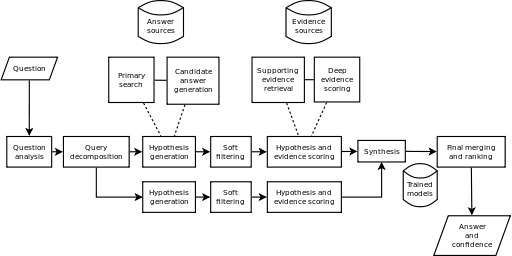- Reasoning and inferencing which are essential characteristics of intelligent Health IT Systems (iHIT)
- Model consistency checking
- Open World Assumption (OWA) and Non-Unique Naming Assumption enabling the integration of heterogeneous data sources and knowledge bases using Linked Open Data (LOD) principles. This integration can be accomplished by providing an RDF view over existing relational databases using R2RML (RDB to RDF Mapping Language) and by performing SPARQL federated queries. Intelligent queries can retrieve inferred facts using SPARQL 1.1 Entailment Regimes.
- Linking to other biomedical ontologies like SNOMED and the Translational Medicine Ontology
- Clinical Knowledge Management (CKM) using OWL to model and execute Clinical Practice Guidelines (CPGs) and Care Pathways (CPs).
Semantic Web in Clinical and Translational Research
The following are papers on how Semantic Web technologies are being used to realize these benefits in the healthcare domain:
- A semantic-web oriented representation of the clinical element model for secondary use of electronic health records data in the Journal of the American Medical Informatics Association (JAMIA)
- Applying semantic web technologies for phenome-wide scan using an electronic health record linked Biobank in the Journal of Biomedical Semantics
- Ontology-based Modeling of Clinical Practice Guidelines: A Clinical Decision Support System for Breast Cancer Follow-up Interventions at Primary Care Settings
Apache Stanbol
I recently came across Apache Stanbol, a new Apache project which is described as "a set of reusable components for semantic content management". What I really like about Apache Stanbol is that it not only works on unstructured data sources, but also integrates a number of other popular Apache open source software which can be used to add a semantic layer to modern RESTful content-oriented applications. These components include:
- Apache Tika for text and metadata extraction from a variety of commonly used document formats
- Apache OpenNLP for natural language processing and named entity recognition (NER)
- Apache Solr for document store and semantic search
- Apache Jena as the RDF and Semantic Web framework.
The Content Enhancers in Stanbol can perform named entity recognition (NER) and link text annotations to external datasets such as DBPedia. In the clinical domain, these enhancers can be used to extract entities from medical records, journal articles, and clinical guidelines. These entities can then be linked to other clinical data sources such as drug and disease databases using Linked Data techniques.
Apache Stanbol also provides Reasoners based on Jena RDFS, OWL, and OWLMini Reasoners as well as the HermiT OWL Reasoner. These reasoners can perform consistency checking and classification. Stanbol supports Inference Rules in the following formats: SWRL, Jena Rules, and SPARQL (by converting Stanbol Rules into SPARQL CONSTRUCTs).





